APERTURE
First Photography Basics tutorial from the series!
Aperture indicates how much light enters your camera. If you already know aperture you might want to skip to the animation showing everything #INaGIF, if you want to know what we’re talking about, go on reading :-)
There’s a diaphragm inside your camera lens that can be wide or narrow:
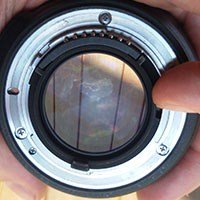

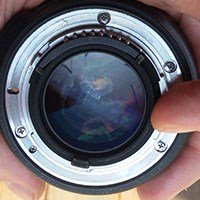
Here’s an animation showing the diaphragm opening and closing:

Of course the math giving the f number has the diameter as denominator in a fraction, so basically:
High f -> Closed
and
Low f -> Open
f is usually indicated as f/value (for now let’s ignore the why), where “value” is a number, usually from around 3 to around 15 (limits can be higher and lower, depending on lens).
Here you can see the effects of different f values in a series. Left part of the images is exactly as shot, the right part is corrected for measurement (top scale is cm, bottom is inches):


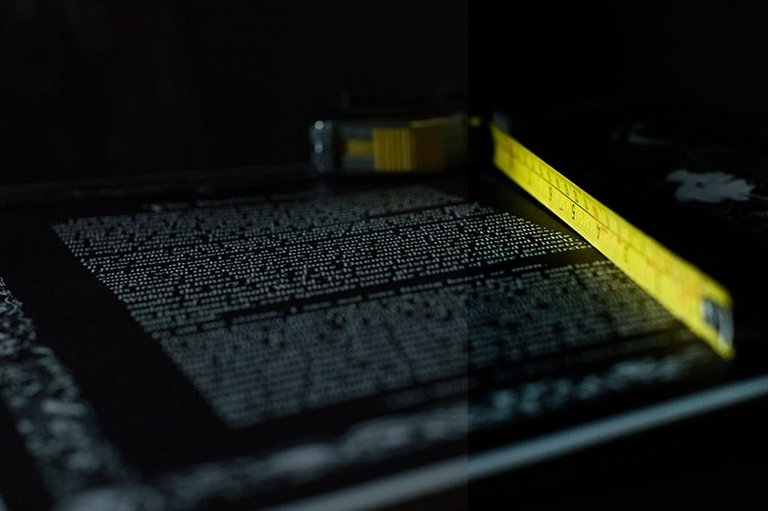

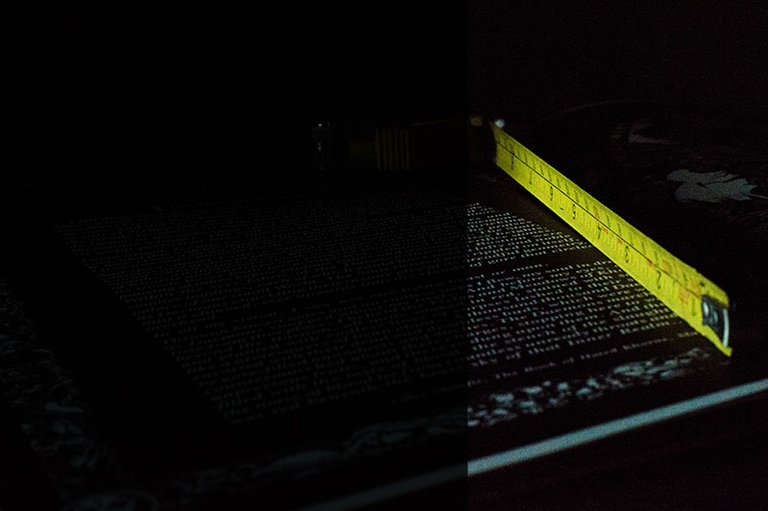
What can you easily see from the pics above?
–LIGHT: the amount of light for low value of f is higher, so the image is lighter (the diaphragm is “more open”, so more light enters the lens and reach the film/sensor):


–DOF: (Depth Of Field) is greatly reduced for low value of f. The area (defined by the distance, or DEPTH from the camera) in focus, is smaller and smaller for lower f values.
In the last pictures some elements are out-of-focus because they’re near the lens. Too much for it to be able to keep them in focus, at ANY f setting.
The amount of light and DOF can change for different lenses, depending on size and lot of other parameters, but all of them show this same general behaviour.
One f-stop corresponds to a single step, up or down, in your camera’s settings (so, for example from 5.6 to 8, or from 2 to 1.4). Each step will double or halve the pupil area and, consequently, the amount of light passing through the diaphragm.
So, to summarize this part, here’s an animated recap:
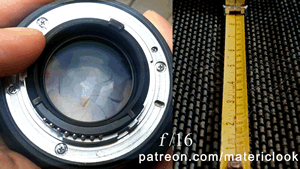
More Light Caught <-> Less Depth Of Field <-> Lower f Value
or, if you prefer
Less Light Caught <-> More Depth of Field <-> Higher f Value
One last thing: most lenses have the maximum sharpness for subjects in focus at around f/10 or f/11, but it really depends on each lens and it’s better to experiment and find it.
More info on Aperture on Wikipedia.
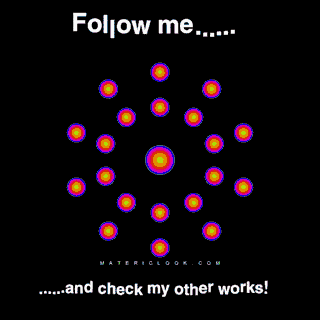
Hi! I am a robot. I just upvoted you! I found similar content that readers might be interested in:
https://en.wikipedia.org/wiki/F-number
Wow! I got the same link in my article, what a coincidence!